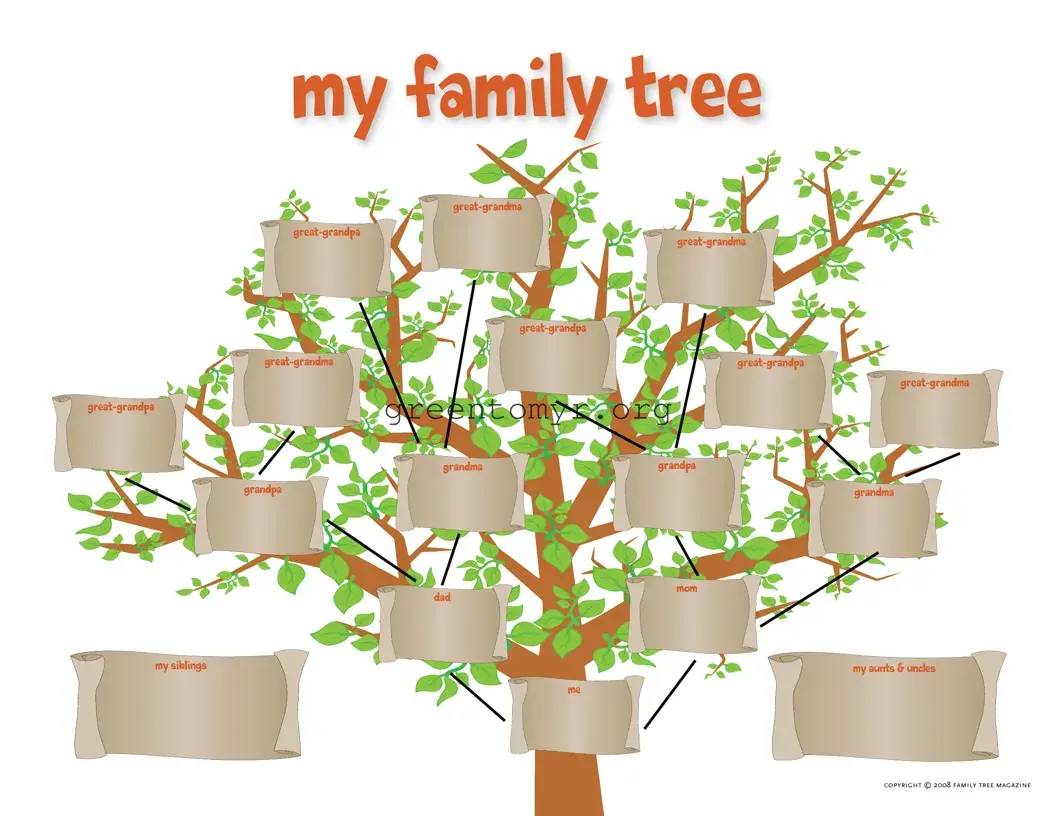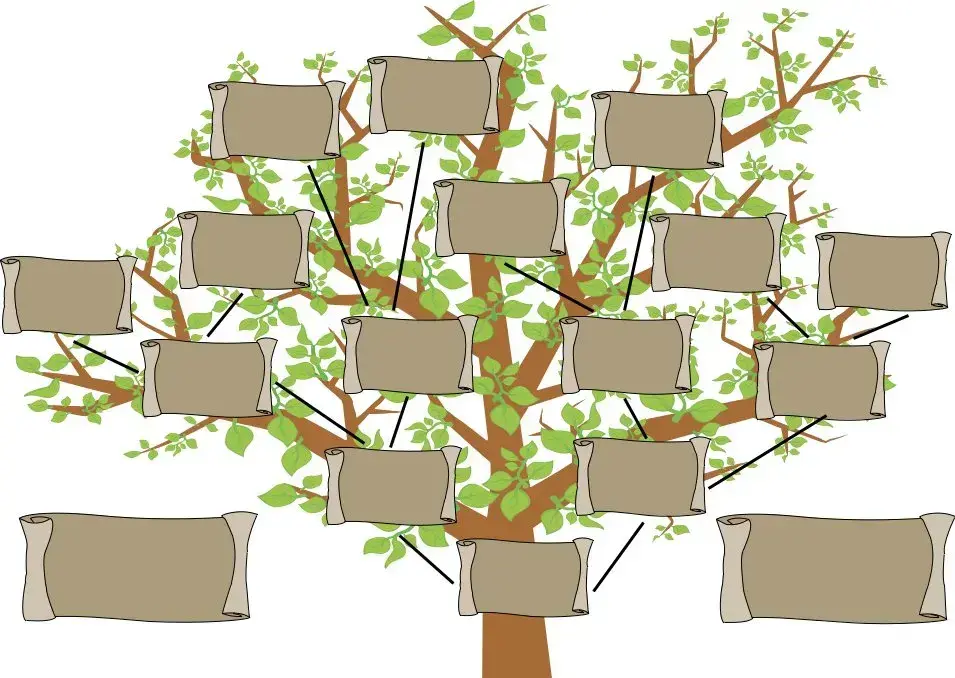The Kids Family Tree form is a simplified family tree template designed for children. It allows kids to visually represent their family relationships, including grandparents, parents, and siblings. By using this form, children can learn about their family history in an engaging way.
This form is designed for children, but it can also be useful for parents and educators. Any child interested in learning about their family structure can fill out this form. It serves as an educational tool for understanding family dynamics.
The form typically includes spaces to fill in the names of:
-
Great-grandparents
-
Grandparents
-
Parents
-
Siblings
-
Aunts and uncles
-
The child’s name
This comprehensive list helps children create a complete picture of their family tree.
You can often find the Kids Family Tree form on educational websites or family history platforms. Some local libraries and schools might also provide printed templates. Additionally, Family Tree Magazine may offer downloadable versions online.
The Kids Family Tree form is suitable for children of various ages, typically from preschool to elementary school. Younger children may need assistance from an adult, while older kids can complete it independently.
Yes, customization is encouraged! Families can add drawings, photos, or even notes beside names to make the tree more personal. This creativity helps enhance the child's connection to their family heritage.
Completing the Kids Family Tree form helps children:
-
Learn about their relatives and family history.
-
Develop a sense of belonging and identity.
-
Enhance their organizational and writing skills.
-
Engage with family members through discussions about their lineage.
These benefits contribute to a greater understanding of family roles and connections.
Absolutely! The Kids Family Tree form can represent diverse family structures, including adopted family members. Children should feel free to include anyone who plays a significant role in their lives.
The Kids Family Tree form is often free, especially if obtained from educational websites or community resources. If purchasing from a specific service or magazine, check their pricing policy beforehand.
No special tools are needed beyond basic writing materials. Children can use pencils, crayons, or markers. If utilizing a digital version, a computer or tablet with internet access would be required.













